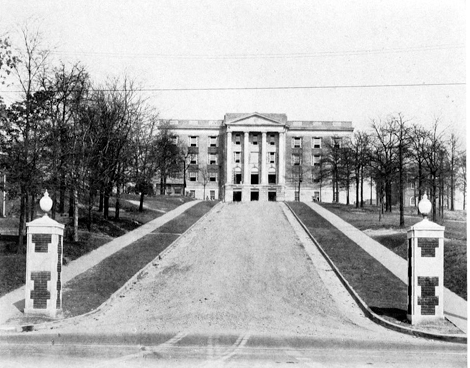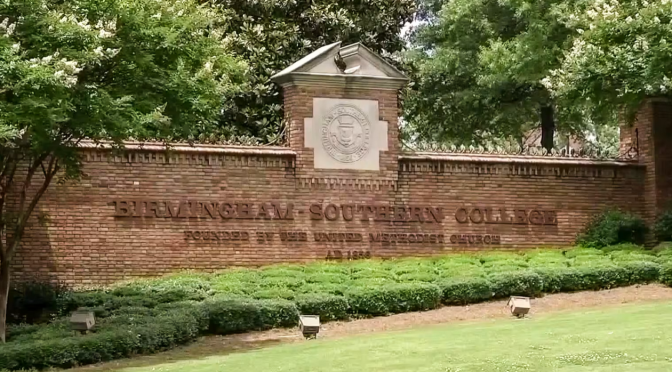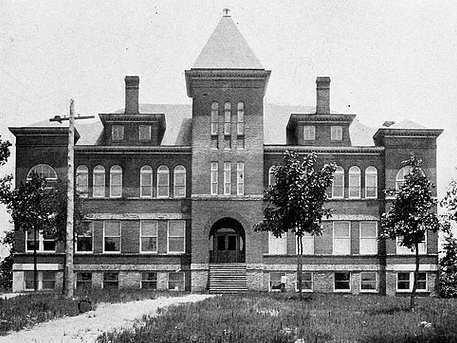The tradition of Birmingham Southern College spans over a remarkable 168 years, a legacy that will soon come to an end as the institution prepares to permanently close its doors on May 31st, 2024. Since its establishment in 1859, this esteemed private college has been a cornerstone of education, initially opening with a modest enrollment of only 52 students. Over the decades, it has played a pivotal role in shaping the lives of tens of thousands of individuals, who have gone on to become integral contributors to the vibrant community of Birmingham. The impact of Birmingham Southern College extends far beyond its campus, as its alumni have made significant contributions to the city’s overall quality of life, enriching the local fabric with their knowledge, skills, and dedication to progress.
The campus covers 192 acres and has important buildings like Munger Hall. Munger Hall was built in 1928 to replace Owen Hall, which was built in 1898 but later demolished. Each building has its own story and adds to the history of the institution. The architecture and history of these buildings connect us to the past and show how the campus has changed over the years. These buildings are a reminder of the institution’s strength and the values of those who shaped it.
Birmingham-Southern College is the result of a merger of Southern University, founded in Greensboro, Alabama, in 1856, with Birmingham College, opened in 1898 in Birmingham, Alabama. These two institutions were consolidated on May 30, 1918 under the name of Birmingham-Southern College.
from Birmingham Southern’s website

The Birmingham Southern institution is a significant part of history, with a rich legacy in education, government, medicine, and commerce. As a historical society committed to preserving such important contributions, we are deeply saddened by the closure of this esteemed establishment. The impact of Birmingham Southern’s closure will continue to resonate within our hearts as we recognize its profound influence on our history.


